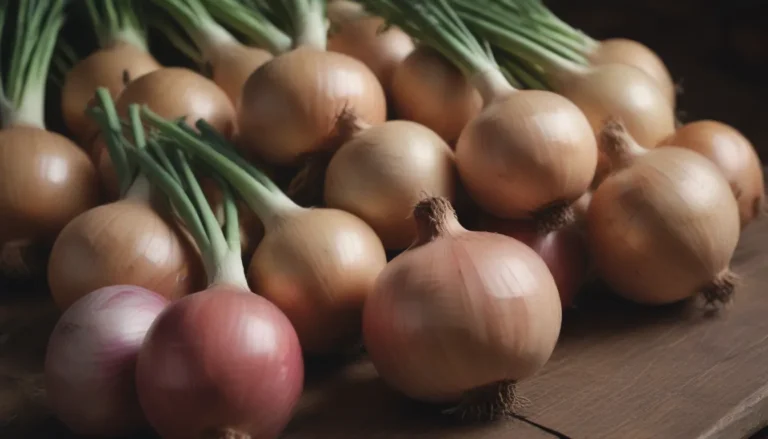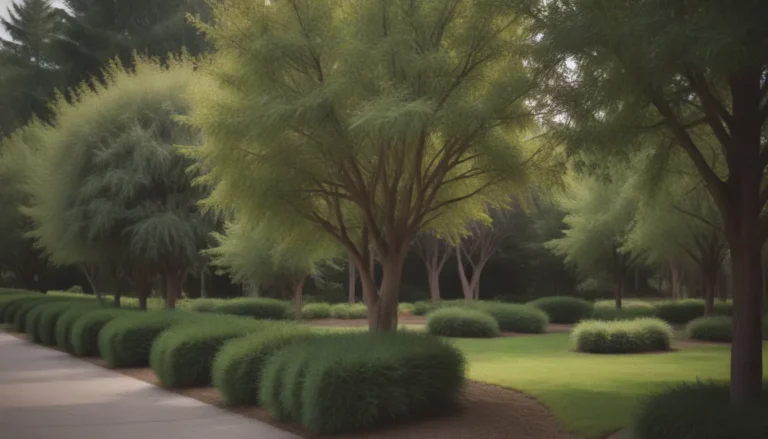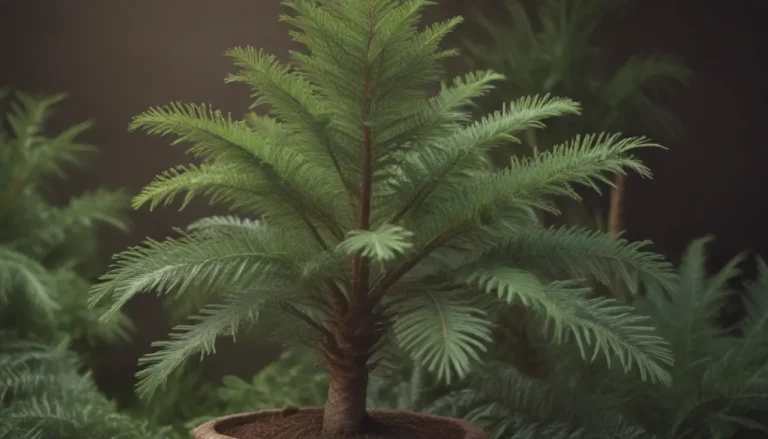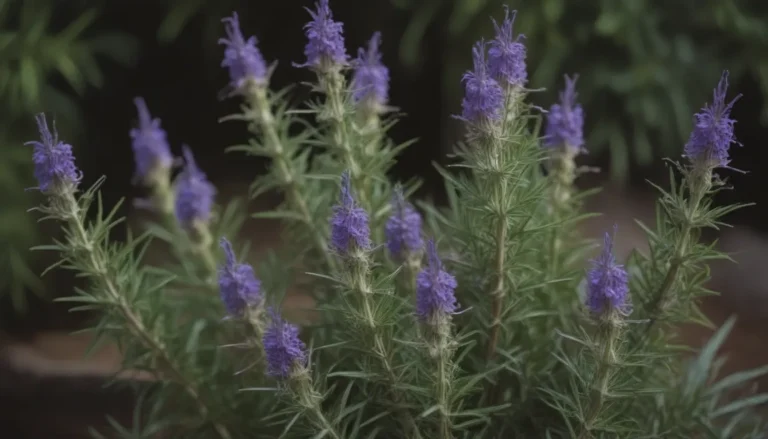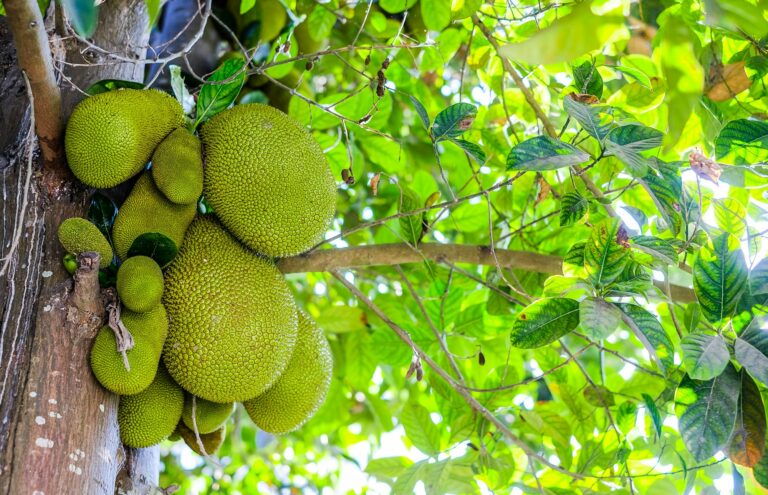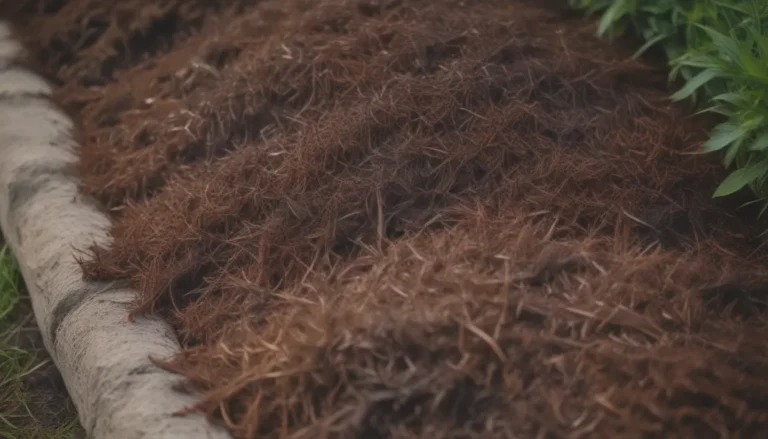The Ultimate Guide to Growing and Caring for Kangaroo Paw Plants
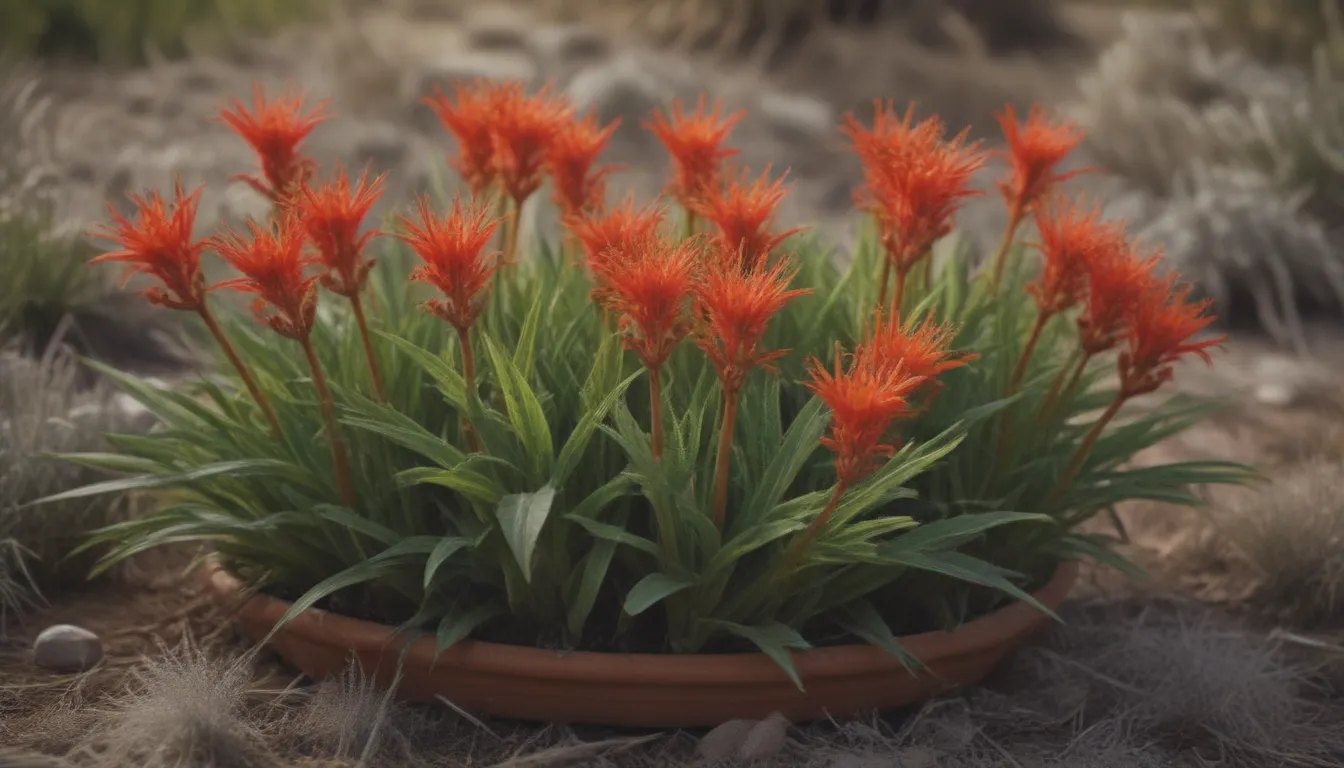
If you’re looking to add a unique and colorful plant to your garden, look no further than the Kangaroo paw (Anigozanthos). These fascinating plants, native to Australia, are sure to be a standout in any landscape with their striking tubular flowers that resemble a kangaroo’s paw.
In this comprehensive guide, we will delve into everything you need to know about growing and caring for Kangaroo paw plants. From soil and watering needs to light requirements and propagation techniques, we’ve got you covered with valuable tips and information to help you successfully cultivate these beautiful plants.
Getting to Know Kangaroo Paw Plants
Kangaroo paw plants are part of a genus that consists of 11 species and multiple subspecies of flowering plants. These plants are known for their long, slender, arching leaves that resemble those of daylilies or amaryllis. The unique tubular flowers grow on stalks in fan-like rows and come in a variety of shades, including red, orange, yellow, and purple.
Benefits of Growing Kangaroo Paw Plants
Before we dive into the specifics of caring for Kangaroo paw plants, let’s take a look at some of the benefits of adding these plants to your garden:
- Vibrant and colorful blooms add visual interest to your landscape
- Low maintenance and relatively easy to grow
- Can be grown in the ground or in containers
- Attract pollinators such as bees and birds
Now, let’s explore the key aspects of caring for Kangaroo paw plants to ensure they thrive in your garden.
Kangaroo Paw Plant Care
Light Requirements
Kangaroo paw plants thrive in full sun, so it’s essential to ensure they receive at least six hours of direct sunlight each day. These plants can tolerate intense light from hot afternoon sun, but insufficient light may cause tall plants to flop over and reduce bloom production.
Soil Needs
When it comes to soil, Kangaroo paws prefer sandy soil with a slightly acidic pH (5.8 to 6.5). Good drainage is crucial, so make sure the soil allows water to flow freely to prevent waterlogged conditions that can lead to root rot.
Watering Tips
Kangaroo paw plants prefer moderate soil moisture and have some drought tolerance. Wait until the top couple of inches of soil are dry to the touch before watering. During the spring and summer, when blooming occurs, consider providing some additional water to support healthy growth.
Temperature and Humidity
These plants thrive in warm temperatures (between 70 and 80 degrees Fahrenheit) and are frost-sensitive. While they naturally prefer dry conditions, they can tolerate some humidity as well.
Fertilizing Guidelines
Kangaroo paw plants are not heavy feeders, so regular fertilizing is not necessary. In the spring, before the flower stalks appear, you can add a cup or two of compost to the soil to promote healthy growth.
Types of Kangaroo Paw Plants
Over the years, breeders have developed cultivars of Kangaroo paw plants with increased disease resistance and showier flowers. Some popular varieties include:
- Red and green kangaroo paw (Anigozanthos manglesii)
- Tall kangaroo paw (Anigozanthos flavidus)
- Little kangaroo paw (Anigozanthos bicolor)
- Dwarf kangaroo paw (Anigozanthos ‘Bush Ranger’)
Pruning and Propagating Kangaroo Paw Plants
Pruning Tips
Kangaroo paw plants respond well to heavy pruning. After the blooms have faded, cut back the plants – leaves, flower stalks, and all – to 6 inches above the soil line. This helps prevent old foliage from becoming diseased and promotes denser growth. You may even see a second flush of blooms later in the growing season.
Propagation Techniques
You can propagate Kangaroo paw plants through division. Dividing your plants every few years can help promote healthy growth and rejuvenate older plants.
Growing from Seed
If you’re patient, you can grow Kangaroo paw plants from seed planted in the spring. To improve germination rates, presoak the seeds in hot water for two hours before planting. Keep the soil moist and warm, and don’t give up on germination until at least six weeks have passed.
Potting and Repotting Kangaroo Paw Plants
If you prefer to grow Kangaroo paws in containers, choose a smaller or dwarf species or hybrid. Use an all-purpose potting mix amended with sand to mimic the sandy soil in which these plants grow in their natural habitat. Repot your plants in the spring once the roots have filled the pots, either in a larger pot or by dividing the rhizomes and replanting them in smaller pots.
Overwintering Kangaroo Paw Plants
Since Kangaroo paws are cold-sensitive plants, it’s essential to bring them indoors once temperatures drop below 50 degrees Fahrenheit. Keep the plants in a bright location with minimal watering until the growing season resumes in late winter to early spring. Gradually reintroduce the plants to outdoor sunlight to prevent leaf burn.
Common Pests and Diseases
While Kangaroo paw plants are relatively resilient, they are susceptible to ink spot disease, which manifests as blackening of the leaves and stems. To prevent this fungal disease, ensure your plants receive ample sunlight, good air circulation, and well-draining soil. Keep an eye out for any signs of disease and promptly remove affected foliage.
Conclusion
In conclusion, Kangaroo paw plants are a vibrant and striking addition to any garden. By following the care guidelines outlined in this comprehensive guide, you can successfully grow and nurture these unique plants in your own landscape. Remember to provide adequate sunlight, well-draining soil, and occasional watering to ensure your Kangaroo paw plants thrive and produce beautiful blooms year after year.
Whether you’re a seasoned gardener or a beginner looking to enhance your gardening skills, Kangaroo paw plants are a fantastic choice that will bring color and life to your outdoor space. With a little bit of care and attention, you’ll soon be enjoying the captivating beauty of these Australian natives in your own backyard. So why wait? Start growing and caring for Kangaroo paw plants today and experience the joy of tending to these remarkable flowering beauties.
